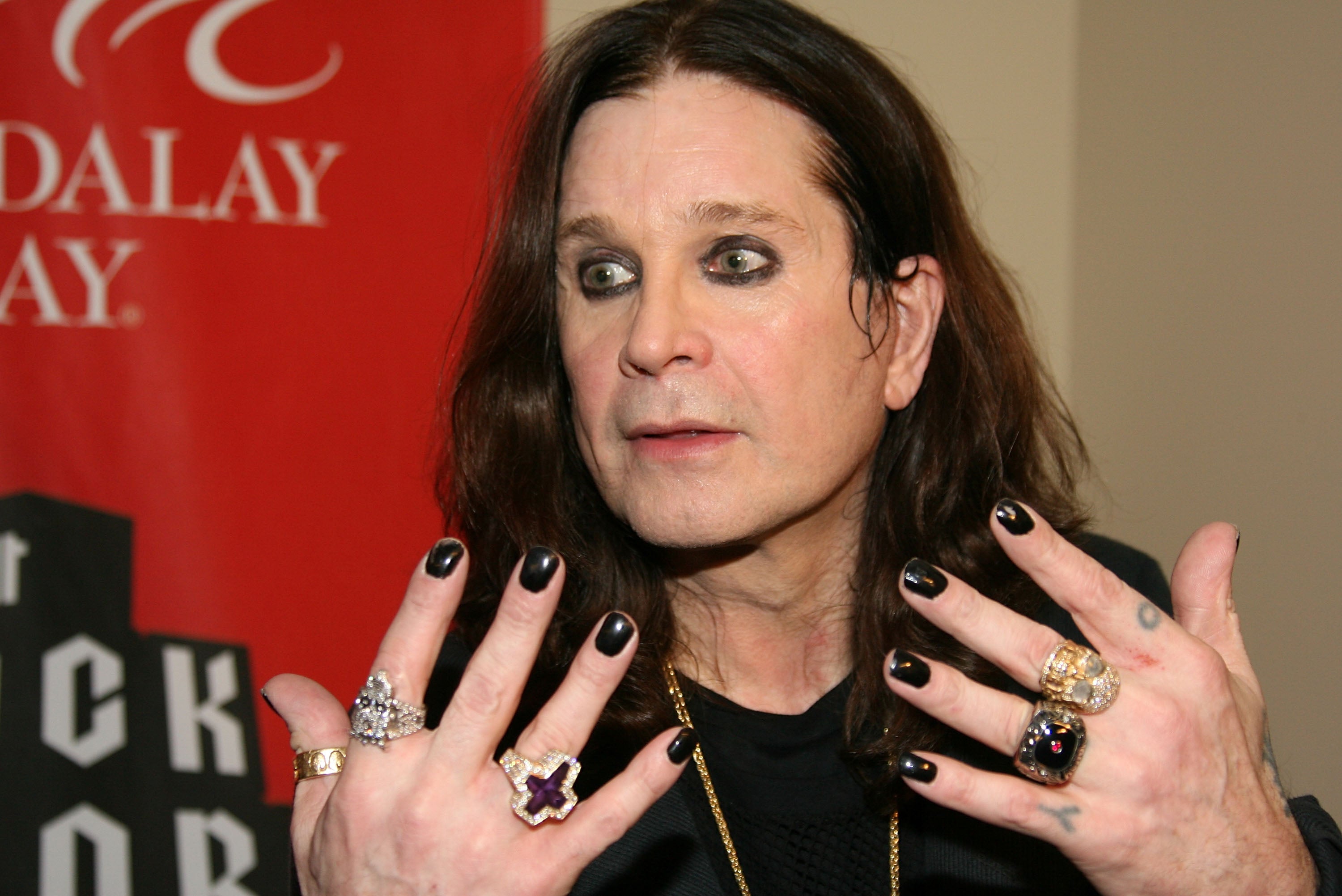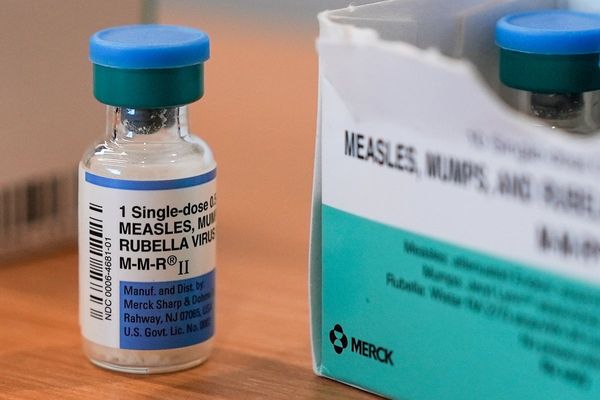British heavy metal legend Ozzy Osbourne died last week at 76 years old, more than 20 years since the “Prince of Darkness” was first diagnosed with a rare form of genetic Parkinson’s disease.
The cause of the Black Sabbath frontman’s recent death has not been made explicit. On Wednesday (30 July), Osbourne’s body will be brought back to his hometown of Birmingham for a funeral cortège, which will travel through the city ahead of a private funeral. The procession, which will be accompanied by a brass band, will make its way down Broad Street a 1 pm before stopping at the Black Sabbath bridge.
By this year, Osbourne told listeners of his SiriusXM radio show “Ozzy Speaks” that he could no longer walk due to the condition he’d been diagnosed with in 2003.
“I have made it to 2025,” he said, according to People. “I can’t walk, but you know what I was thinking over the holidays? For all my complaining, I’m still alive.”
Parkinson’s disease is a degenerative neurological disorder that is characterized by slow movements, tremors, and balance problems, according to the Parkinson’s Foundation. Most cases happen for unknown reasons, but some are inherited, the Cleveland Clinic notes.
There are several types of Parkinson’s disease, including genetic, early-onset, and sporadic: the most common.
"Genetic forms of Parkinson's account for approximately 8 percent of individuals receiving a Parkinson's diagnosis,” Deputy Director of Research at Parkinson's UK David Dexter explained in a statement.
Osbourne was impacted by a gene called PARK 2, which is also known as PRKN-2. When the gene is mutated, it is the most common cause of early-onset Parkinson's disease. A rare recessive form of the disease may be caused by that mutation.
PARK 2 mutations cause about 15 percent of genetic and 4 percent of the most common disease cases with early onset Parkinson’s. People are diagnosed with Parkinson's at an average age of 60, according to Johns Hopkins Medicine.

In Parkinson’s disease nerve cells in the brain slowly break down and die. Many symptoms are caused by a loss of those cells that produce dopamine – a mood regulator – in the brain. Decreased dopamine leads to irregular brain activity, according to the Mayo Clinic. People with Parkinson's disease also lose another chemical messenger known as norepinephrine that controls blood pressure and other bodily functions.
Parkinson’s isn’t curable, but there are many different treatment options, including brain surgery. Osbourne had been receiving stem cell treatments, which are used to supplement dopamine loss.
Parkinson’s disease impacts more than 1.1 million Americans, and it is the second-most common neurodegenerative disease after Alzheimer's disease. An estimated 90,000 people in the U.S. are diagnosed with Parkinson’s every year and death rates have surged by about 63 percent over the last 20 years.

While Parkinson’s itself is not considered fatal, people can die from complications of the disease, including lung problems tied to muscle weakness that impede the ability to cough and to swallow.
Aspiration pneumonia accounts for 70 percent of deaths among Parkinson’s patients, according to a federal study. That occurs when bacteria from the mouth is pulled into the lungs.
"There's so many different types of Parkinson's; it's not a death sentence by any stretch of the imagination, but it does affect certain nerves in your body,” Ozzy’s wife Sharon Osbourne previously told ABC News’ ”Good Morning America.” “And it's like you have a good day, a good day, and then a really bad day."
Sharon also told RadioX that Ozzy had to work with a physiotherapist every day to keep his muscles moving.
“I may be moaning that I can’t walk but I look down the road and there’s people that didn’t do half as much as me and didn’t make it,” Ozzy said on SiriusXM.
Ozzy Osbourne flung open hell’s musical gates – and changed the world
The 10 early signs of Parkinson’s you might not know about
Ozzy Osbourne, prince of darkness and Black Sabbath frontman, dies aged 76
Undiscovered cause of Parkinson’s found for first time by scientists in huge breakthrough
Ozzy Osbourne funeral latest: Heavy metal icon to be laid to rest in Birmingham
A third of vaping teenagers likely to take up smoking cigarettes, study finds
Food that makes up more than half of western diets linked to lung cancer







